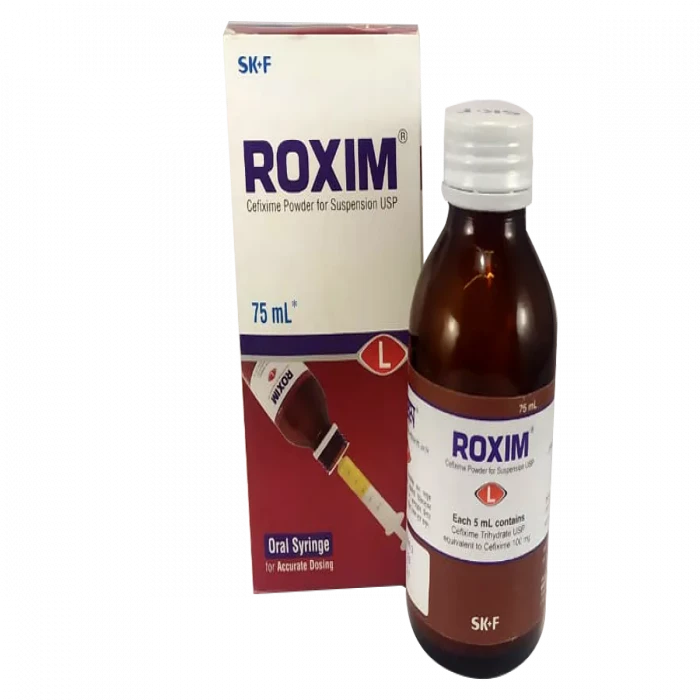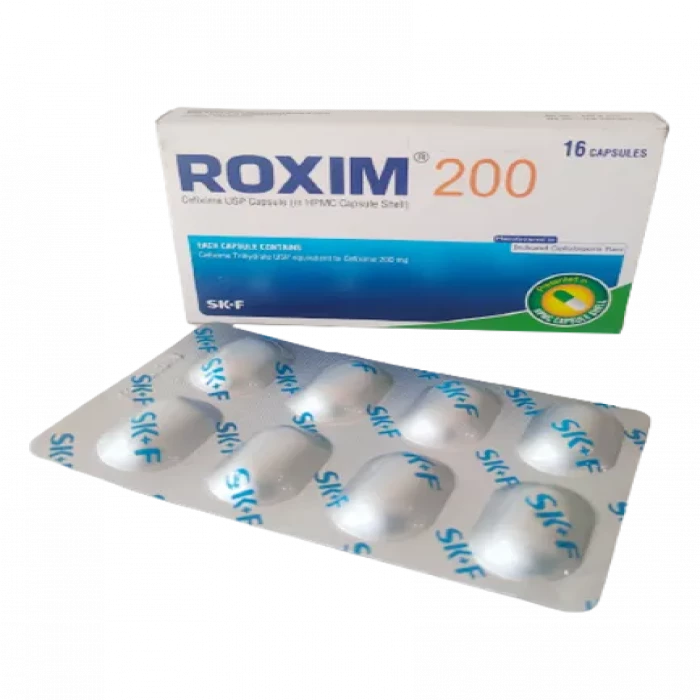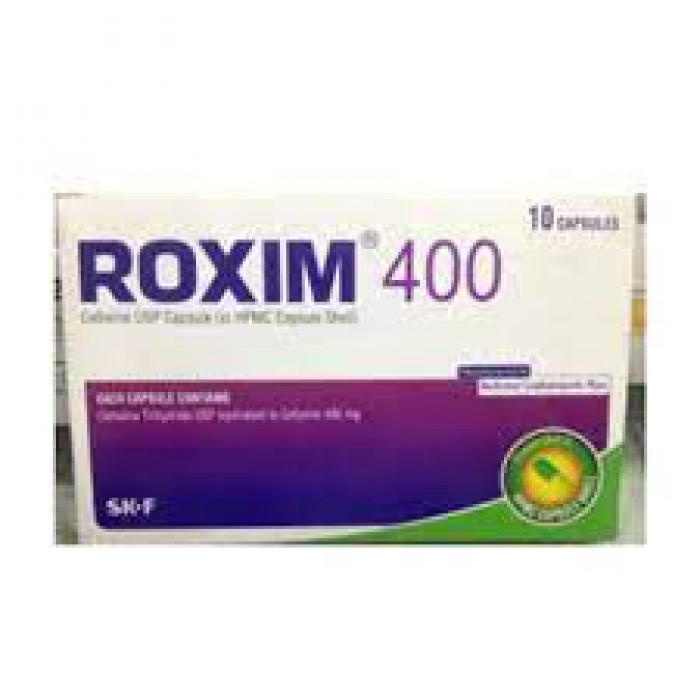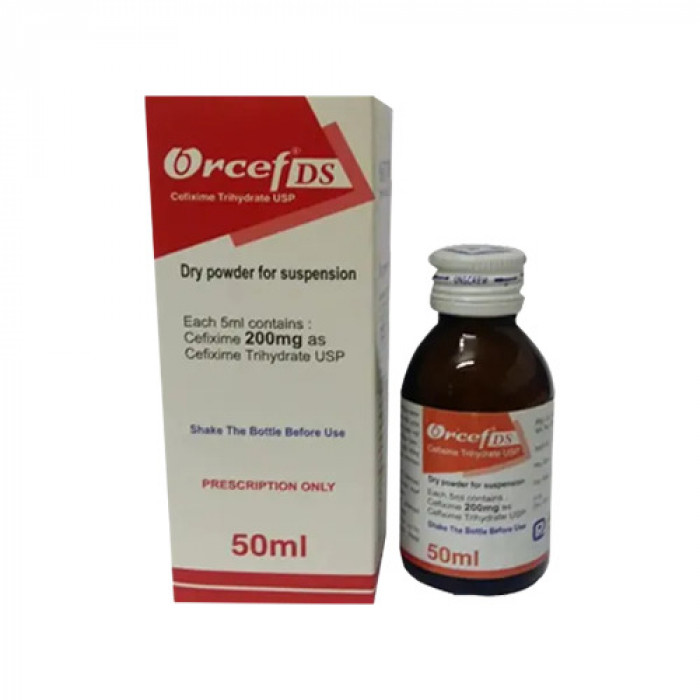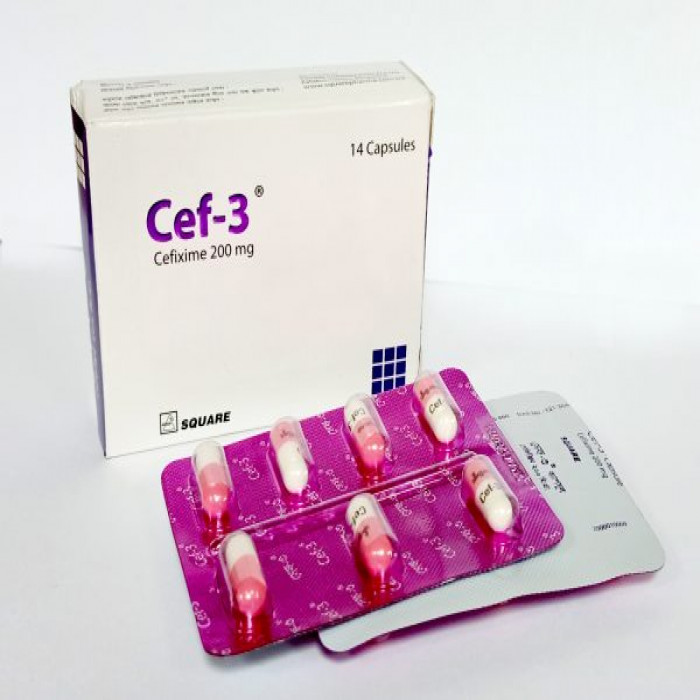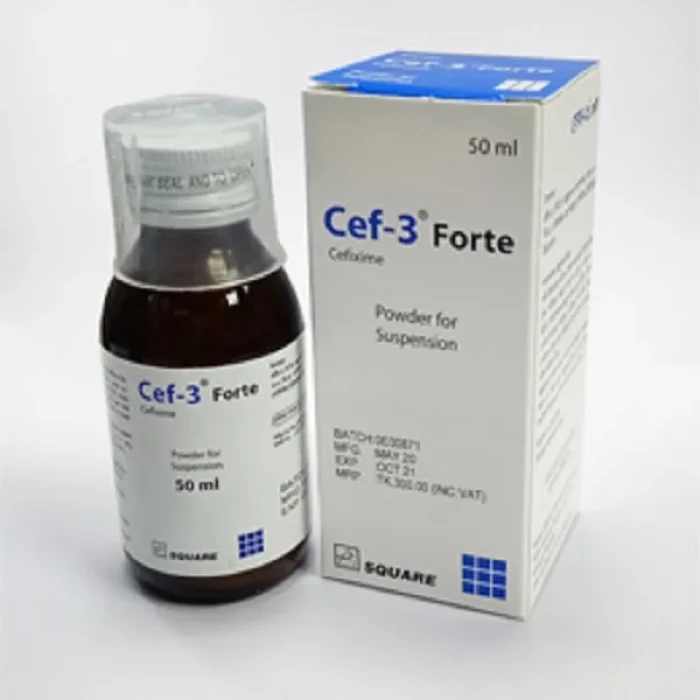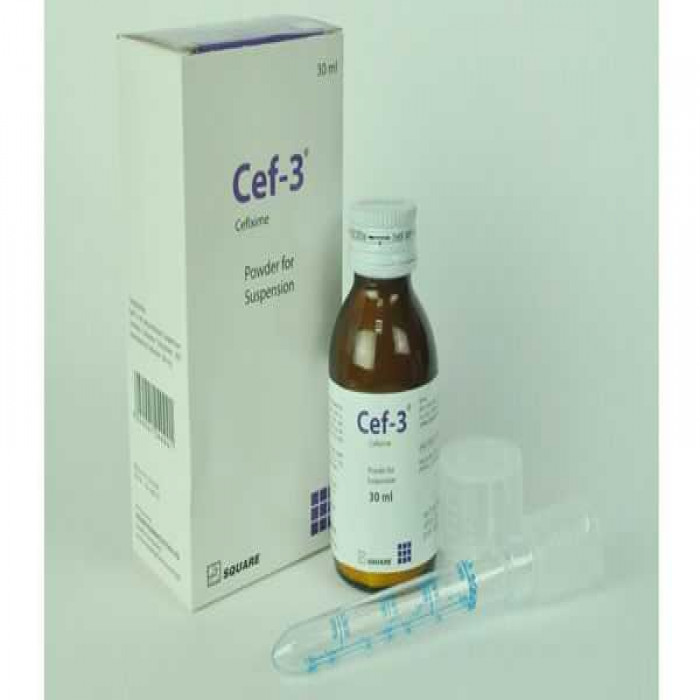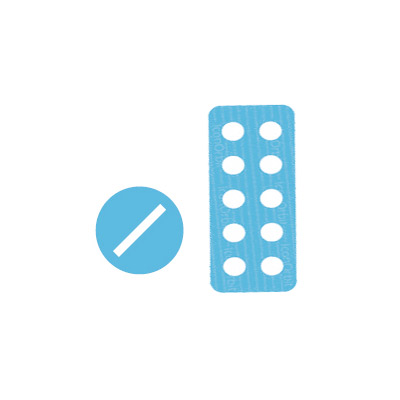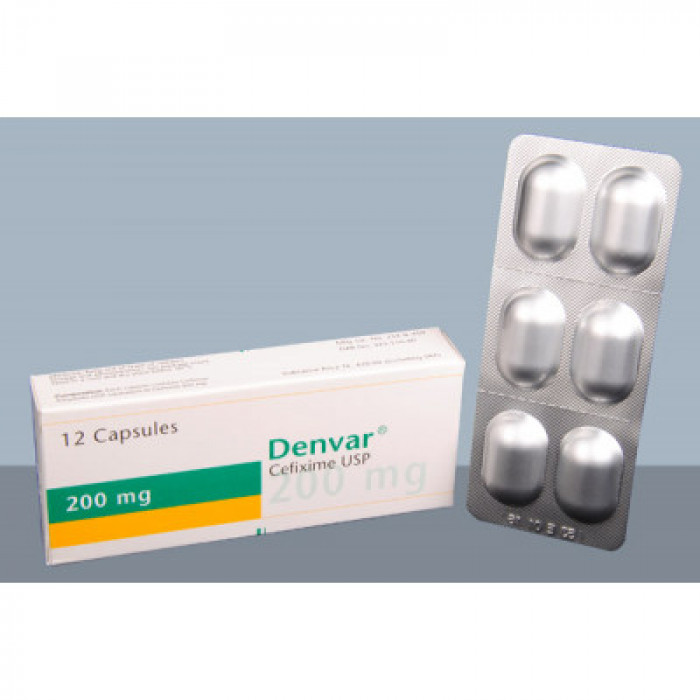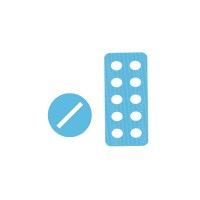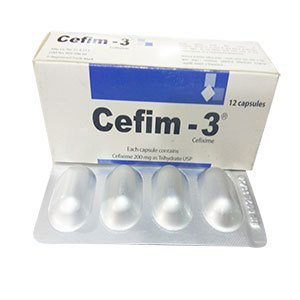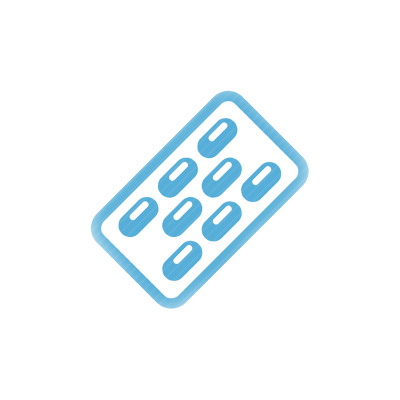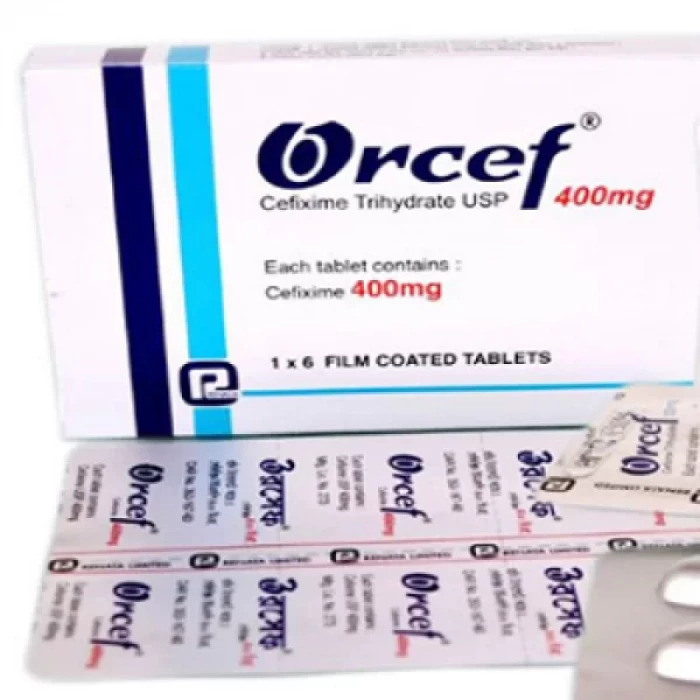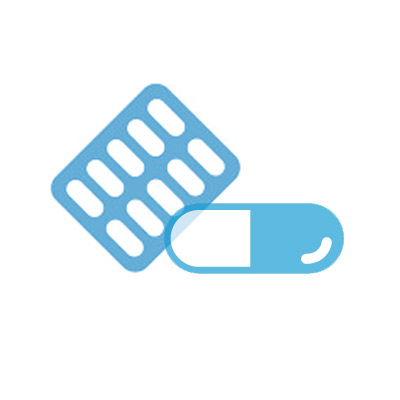
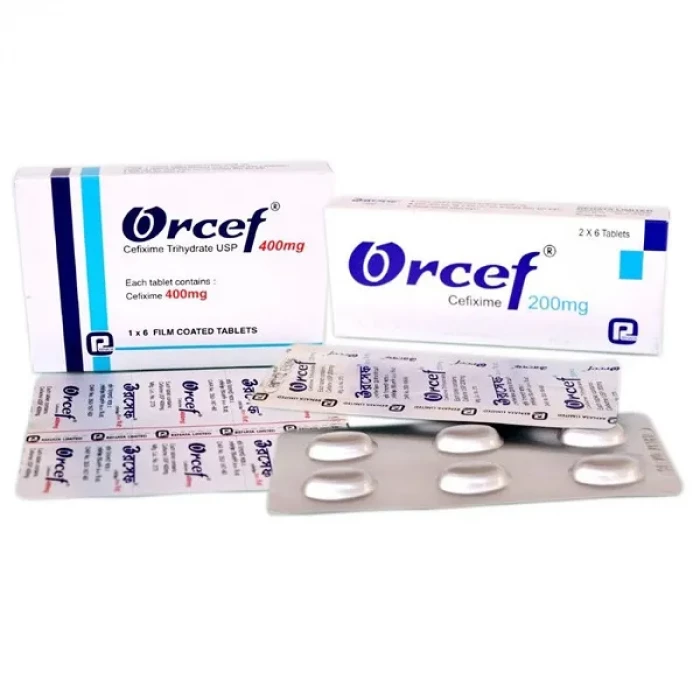
✔ 100% Authentic Product
👁️ Currently Viewing 450
100% Genuine Products, Guaranteed
Safe & Secure Payments, Always
Fast, Secure & Efficient Delivery
Proper Packaging
 Cash on Delivery - All over Bangladesh
Cash on Delivery - All over Bangladesh Regular Delivery - 8-12 Hours, Dhaka City*
Regular Delivery - 8-12 Hours, Dhaka City* Regular Delivery - 24-48 Hours, All Over Bangladesh*
Regular Delivery - 24-48 Hours, All Over Bangladesh* ফ্রি ডেলিভারি! - ১৪৯৯ টাকা+ অর্ডারে ঢাকা
শহরে ।
ফ্রি ডেলিভারি! - ১৪৯৯ টাকা+ অর্ডারে ঢাকা
শহরে । ফ্রি ডেলিভারি! - ২৯৯৯ টাকা+ অর্ডারে ঢাকার
বাহিরে ।
ফ্রি ডেলিভারি! - ২৯৯৯ টাকা+ অর্ডারে ঢাকার
বাহিরে ।
✅ Description:
Indications of Orcef 200
Orcef 200 is one of the antibiotics in the cephalosporin family, which is used to treat a variety of bacterial infections. It is effective against some sexually transmitted diseases as well as infections of the urinary tract, ear, nose, sinuses, and throat. Additionally, it effectively treats respiratory tract infections (like pneumonia).
Pharmacology
Cefixime is an oral third-generation cephalosporin antibiotic that is semi-synthetic. It is bactericidal against a variety of gram-positive and gram-negative microorganisms at easily attainable plasma concentrations. It kills bacteria by interfering with the synthesis of the bacterial cell wall. It is extremely stable when the enzyme beta-lactamase is present. Because of the presence of beta-lactamases, many organisms that are resistant to penicillins and some cephalosporins may be susceptible to Cefixime. Whether administered with or without meals, it is absorbed 40% to 50% of the time.
Dosage & Administration of Orcef 200
The typical treatment period is seven days. Depending on how severe the infection is, this could go on for up to 14 days.
- Adults and children over the age of 12 should take 200–400 mg (1–2 capsules) daily, either all at once or in two divided doses. Cefixime 400 mg is prescribed orally once for the treatment of uncomplicated cervical/urethral gonococcal infections.
Children (6 months or older): 8 mg/kg/day is typically administered as a single dose or in two divided doses, but it may also be administered as follows:
- 1–2 years: 75 mg every day.
- 1-4 years: 100 mg each day.
- 200 mg every day for 5–10 years.
- 11–12 years: daily 300 mg
- The recommended dosage for typhoid fever is 10 mg/kg/day for 14 days.
Children (under 6 months): Cefixime's safety and effectiveness in children younger than 6 months have not been established.
Interaction of Orcef 200
Carbamazepine: Taking these drugs together raises the carbamazepine level. Concurrent use of warfarin and other anticoagulants raises prothrombin time.
Contraindications
It's not recommended if you're allergic to Cefixime or other cephalosporins.
Side Effects of Orcef 200
The drug is generally well tolerated. The most frequent side effects, which are more frequently associated with higher dosages, are diarrhea and altered stools. Other side effects include headaches, dizziness, nausea, stomach pain, dyspepsia, vomiting, and flatulence. Allergy symptoms include rashes, pruritus, urticaria, drug fever, and arthralgia. These responses typically subsided when the treatment was discontinued.
Pregnancy & Lactation
However, no suitable and carefully monitored studies on expectant mothers have been carried out. Only use this medication if absolutely necessary during pregnancy because studies on animal reproduction do not always predict human response. There is no evidence that cefixime is excreted in breast milk. Care should be taken when administering Cefixime to a breastfeeding mother.
Precautions & Warnings
People with a history of digestive problems, especially colitis, should be advised with caution. Care should be taken when giving the medication to patients who have severe renal impairment, are on continuous ambulatory peritoneal dialysis, or are receiving hemodialysis. Dosage should only be changed in extreme renal failure (creatinine clearance 20 ml/min); in this situation, a daily dose of 200 mg should not be exceeded.
Storage Conditions
Keep the temperature below 30°C and keep it away from light and moisture. Keep out of children's reach.
Disclaimer:
ePharma sole intention is to ensure that its consumers get proper
information as musch as possible. Although we do not guarantee the
accuracy and the completeness of the information that provided and
here information is for informational purposes only.
The information contained herein should NOT be used as a substitute
for the advice of a qualified physician. This may not cover
everything about particular health conditions,
lab tests, medicines, all possible side effects, drug interactions,
warnings, alerts, etc. Please consult your healthcare professional
and discuss all your queries related to any disease or medicine. We
intend to support, not replace, the doctor-patient relationship.






